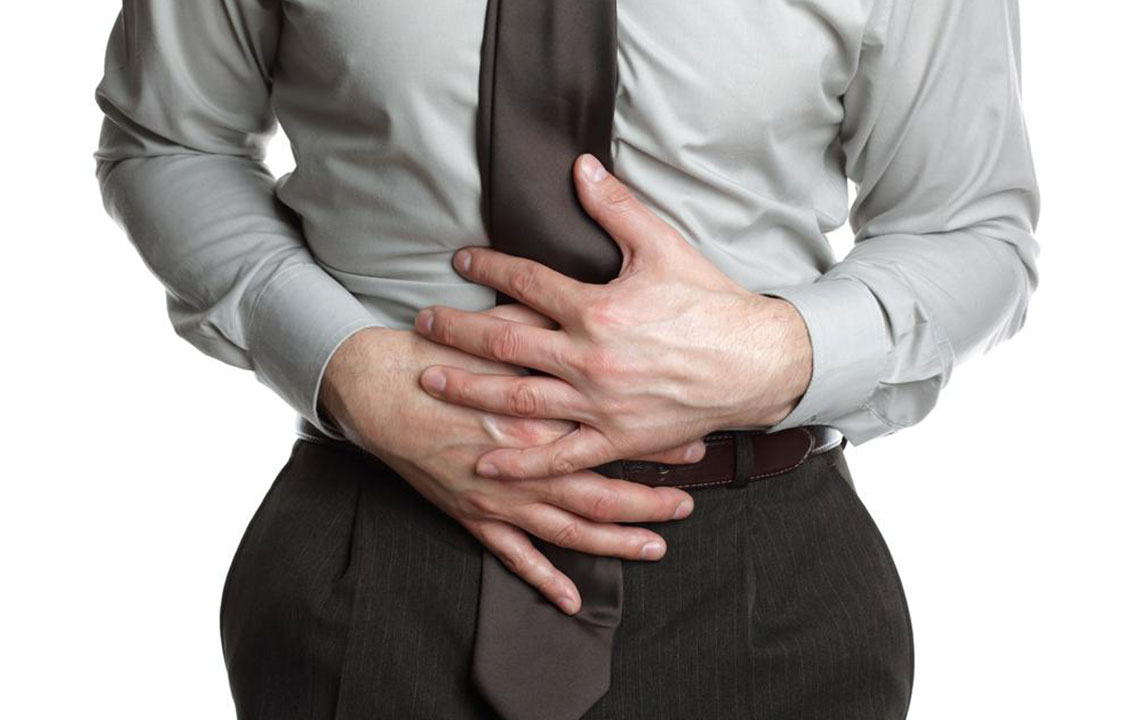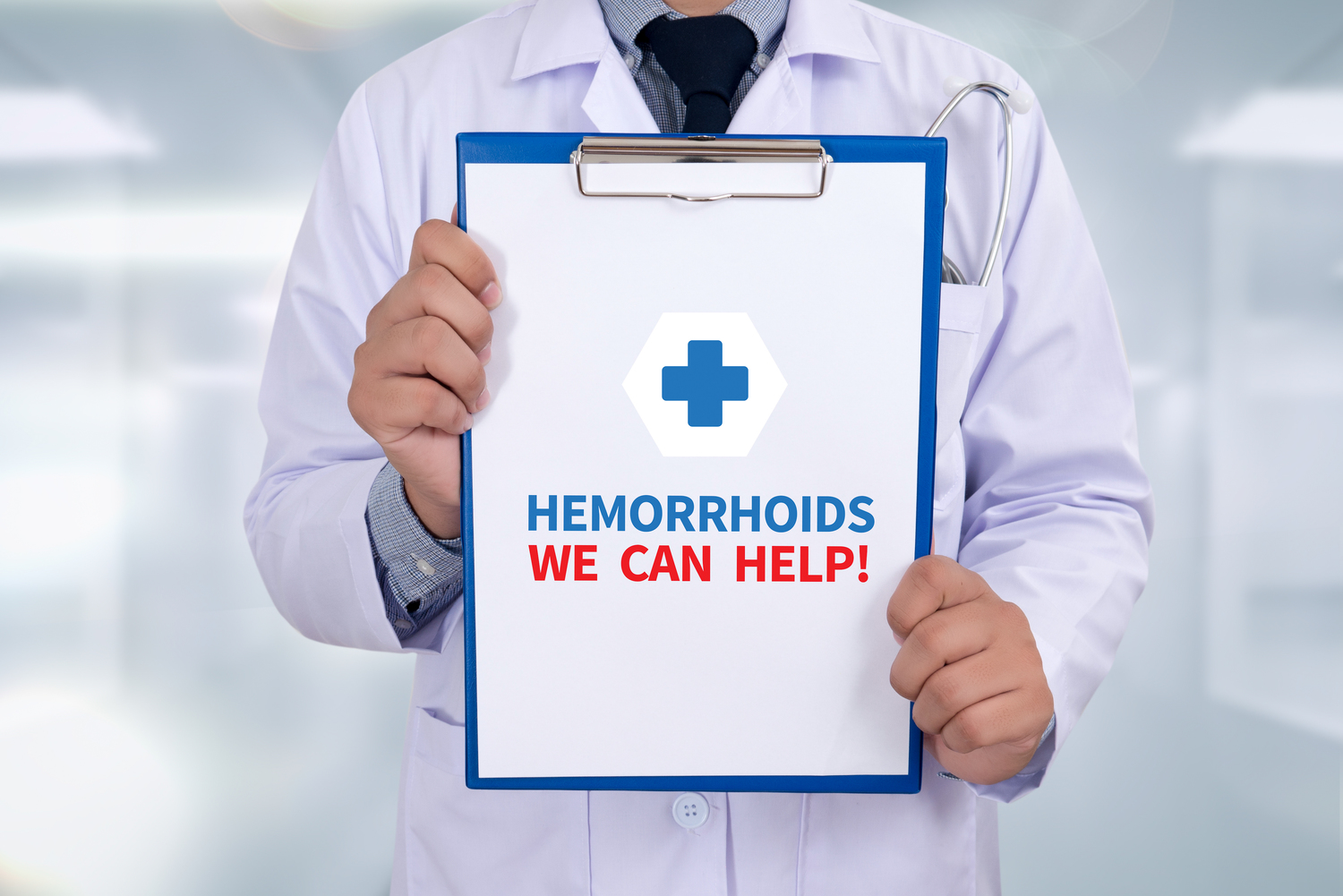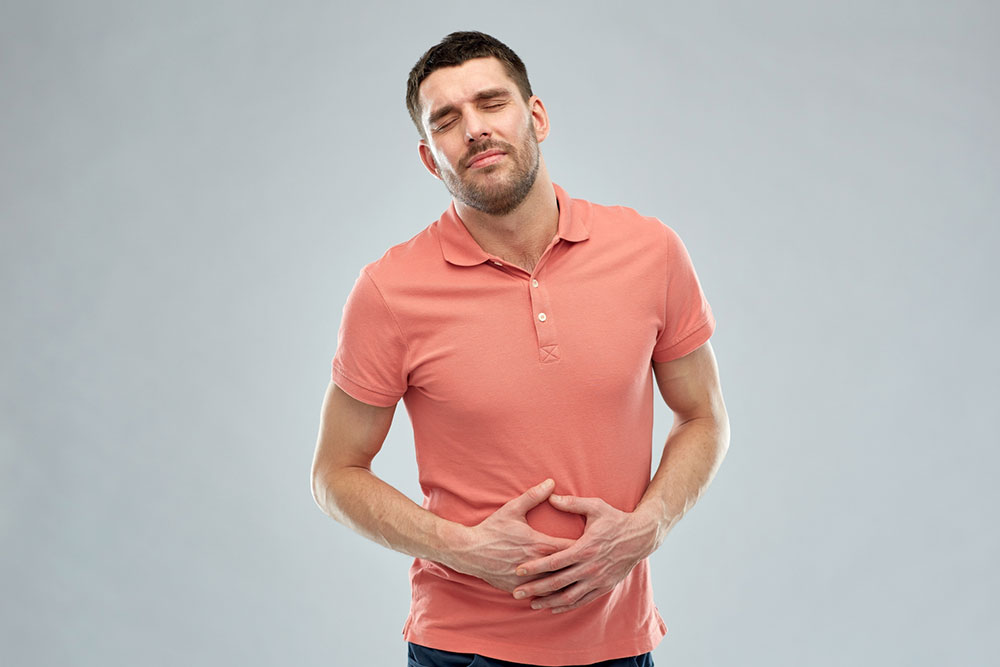Comprehensive Guide to External Hemorrhoids: Causes, Symptoms, and Effective Treatment Options
External hemorrhoids are swollen veins around the anus that cause discomfort, itching, and bleeding. Common triggers include constipation and prolonged sitting. Treatments range from dietary changes and cold compresses to minimally invasive procedures like rubber band ligation or surgery. Early diagnosis is key to effective management and relief, emphasizing lifestyle modifications and medical intervention to prevent complications and promote recovery.

Comprehensive Guide to External Hemorrhoids: Causes, Symptoms, and Effective Treatment Options
External hemorrhoids are a common health condition characterized by swollen blood vessels that develop beneath the skin surrounding the anus. These swollen veins form lumps that can often be felt or seen on the outside of the anal area. Though external hemorrhoids are not life-threatening, they can cause significant discomfort and interfere with daily activities if left untreated. Understanding the underlying causes, recognizing the symptoms early, and knowing the available treatment options are essential for effective management and relief.
Hemorrhoids develop when increased pressure causes blood vessels around the anus to enlarge. This pressure can be due to various lifestyle, dietary, and physiological factors. Prolonged sitting on the toilet, chronic constipation, and straining during bowel movements are primary contributors, as they induce excessive force on anal veins, leading to their dilation. Moreover, age-related weakening of connective tissues and increased pressure on pelvic veins, especially during pregnancy, can predispose individuals to external hemorrhoids. These factors disrupt normal blood flow and cause the veins outside the anus to swell, forming the characteristic lumps.
Chronic constipation is a significant factor that exacerbates external hemorrhoid development. When stool remains hard and difficult to pass, individuals tend to strain intensely, heightening anal muscle tension. This not only causes discomfort during bowel movements but also increases the risk of tearing the anal skin and bleeding. Additionally, the persistent pressure stretches and weakens the anal veins further, creating a cycle of worsening symptoms. As we age, the natural weakening of connective tissue fortifies susceptibility to hemorrhoids. Increased intra-abdominal pressure, such as during heavy lifting or obesity, also pushes abdominal veins downward, contributing to the formation of external hemorrhoids.
The hallmark symptoms of external hemorrhoids include persistent itching around the anal area, discomfort, swelling, and bleeding during defecation. Itching results from swelling irritation and can worsen if scratched, leading to further inflammation and worsening of the condition. Pain severity varies; some might experience mild discomfort while others endure severe pain that interferes with daily activities. Blood may be noticeable on stool or toilet paper, often appearing as bright red streaks, indicating bleeding derived directly from external hemorrhoids.
The lumps caused by blood clots, also known as thrombosed hemorrhoids, can become inflamed or filled with pus if infected, escalating the level of pain and discomfort significantly. These clotted lumps are often visible as bluish-purple protrusions on the anal surface. If untreated, symptoms may persist, leading to complications like infection, recurrence, or enlargement of hemorrhoids.
Diagnosis
Because external hemorrhoids are visibly protruding lumps on the anal surface, their diagnosis is straightforward. Medical professionals typically perform a physical examination, inspecting the anal area for swelling, lumps, or signs of skin irritation. A detailed medical history is critical, especially if symptoms recur frequently or intensify over time, indicating a need for further evaluation. Additional diagnostic procedures such as stool blood tests, anoscope insertion, or colonoscopy may be recommended to exclude other conditions, including colorectal polyps or cancer, particularly in cases where symptoms are atypical or persistent. Accurate diagnosis is paramount because untreated hemorrhoids can mimic more serious health issues, requiring different treatment approaches.
It is crucial not to ignore pain or bleeding during bowel movements, as doing so can result in prolonged symptoms, larger swellings, and increased risk of complications. Early detection and proper diagnosis allow for effective intervention, minimizing discomfort and promoting faster recovery.
Treatment Options for External Hemorrhoids
Treatment strategies depend on the severity of symptoms, size of the hemorrhoids, and the overall health status of the individual. Many conservative approaches can be effective, especially when applied early, while severe cases might necessitate surgical intervention. Common treatment options include:
Dietary modifications: Incorporating high-fiber foods such as fruits, vegetables, whole grains, and legumes softens stool, making bowel movements easier and reducing strain on hemorrhoids. Adequate hydration also prevents stool hardening, further preventing exacerbation of symptoms.
Physical activity: Engaging in daily walks or light exercises increases intestinal motility, reduces pressure on the anal veins, and promotes overall bowel health. Regular movement can also help prevent constipation, a primary contributor to hemorrhoids.
Cold compresses: Applying ice packs or witch hazel wipes helps reduce swelling and provides immediate pain relief. Cold therapy constricts blood vessels, decreasing inflammation and easing discomfort without significant side effects.
Topical medications: Over-the-counter corticosteroid creams like hydrocortisone can quickly diminish inflammation and relieve itching. Local anesthetic ointments may also provide temporary pain relief.
Medical procedures: For persistent or severe cases, minimally invasive procedures can offer effective relief. Rubber band ligation involves placing a small rubber band around the base of the hemorrhoid, cutting off blood supply. Over 6-8 weeks, the hemorrhoid shrinks and falls off. Hemorrhoidectomy, or surgical removal, is reserved for large or thrombosed hemorrhoids resistant to other treatments and typically requires a recovery period of 7–10 days.
Laser or infrared coagulation: These techniques use heat to cause the hemorrhoid tissue to shrink, offering a quick and minimally painful option for suitable candidates.
Prevention and early intervention are vital in managing external hemorrhoids. Maintaining a healthy lifestyle, dietary vigilance, and seeking medical advice at early signs of discomfort can prevent long-term complications and improve quality of life.





